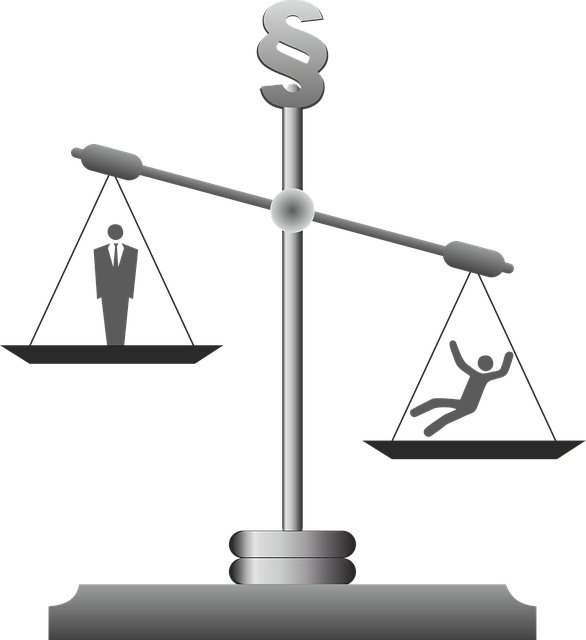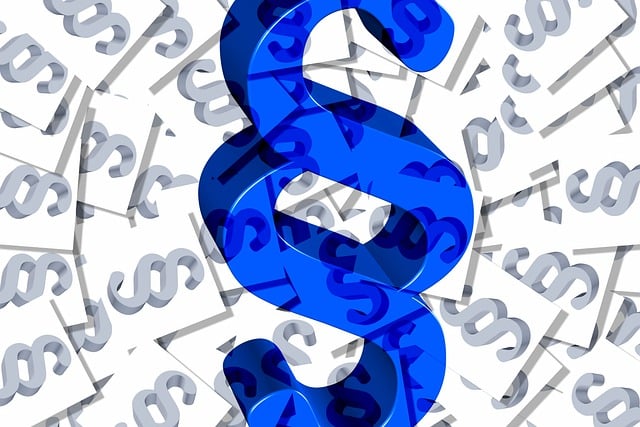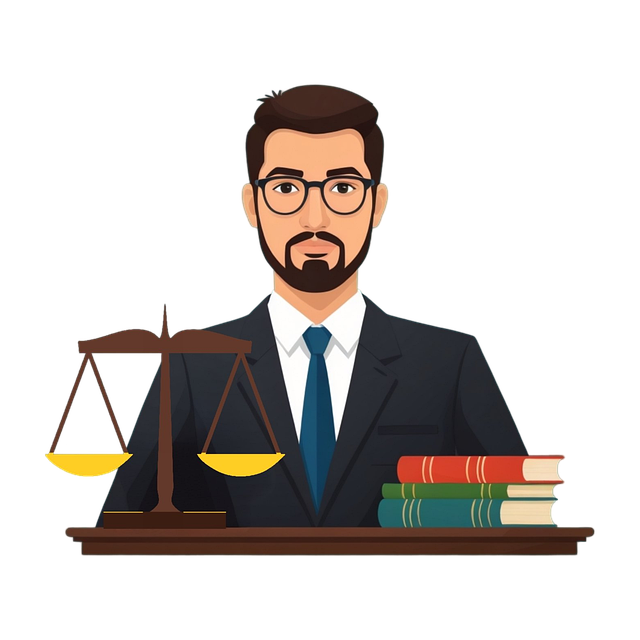Personal injury lawsuits seek justice for harm caused by another party's actions, encompassing physical, emotional, and financial damages. Key types include medical expenses, rehabilitation costs, lost wages, pain and suffering, and punitive damages. Legal professionals guide victims through complexity, focusing on fair restitution. Determining liability and compensation varies based on harm and regulations, with economic (tangible losses) and non-economic (subjective, like pain & suffering) damages crucial for high-stakes cases. Regulatory compliance involves nuanced navigation of jurisdiction laws and strategic communication to balance legal adherence and just compensation.
In the complex landscape of personal injury lawsuits, navigating regulatory compliance is essential to ensure a fair and swift resolution. This article delves into the intricacies of understanding legal frameworks, determining liability and assessing damages. We explore critical aspects like navigating regulatory compliance during claims processes, focusing on key considerations. Furthermore, we dissect the various types of compensation available for victims, including economic and non-economic remedies, offering valuable insights for those navigating these challenges.
- Understanding Personal Injury Lawsuits
- Determining Liability and Damages
- Types of Compensation: Economic vs. Non-Economic
- Navigating Regulatory Compliance in Claims Process
Understanding Personal Injury Lawsuits

Personal injury lawsuits encompass a wide range of legal cases where an individual suffers harm due to another party’s negligence or intentional actions. These lawsuits aim to provide justice and compensation for physical, emotional, and financial damages. When navigating such legal territory, understanding the potential outcomes is paramount. Types of compensation for personal injury include medical expenses, rehabilitation costs, lost wages, pain and suffering, and punitive damages in certain cases. This comprehensive approach ensures that victims receive fair restitution, taking into account both tangible and intangible losses.
Moreover, experienced legal professionals play a pivotal role in guiding clients through this complex process. With an unprecedented track record of success for his clients, the attorney ensures that every aspect of the case is meticulously handled. Whether involving white collar or economic crimes, these cases demand meticulous attention to detail and a deep understanding of the law.
Determining Liability and Damages

Determining liability and damages is a crucial step in any legal process, especially in personal injury cases. When it comes to regulatory compliance issues, understanding the types of compensation for personal injury becomes essential. The scope of damages can vary widely depending on the nature of the harm caused and the specific regulations involved. In high-stakes cases, where non-compliance leads to significant injuries or losses, plaintiffs may seek various forms of relief, including monetary compensation.
Types of compensation for personal injury encompass a range from medical expenses and lost wages to pain and suffering and punitive damages. For his clients facing regulatory compliance issues, the goal is often a complete dismissal of all charges. However, in severe cases, where negligence results in long-term effects or permanent disabilities, the legal system may award substantial damages to reflect the extent of harm suffered.
Types of Compensation: Economic vs. Non-Economic

When it comes to personal injury cases, understanding different types of compensation is crucial for both victims and legal professionals. In such scenarios, two primary forms of compensation emerge: economic and non-economic damages. Economic damages refer to tangible losses that can be easily calculated, such as medical expenses, lost wages, and property damage. These are often straightforward to assess and prove, making them a significant aspect in many personal injury claims. On the other hand, non-economic damages encompass more subjective elements like pain and suffering, emotional distress, and loss of quality of life.
While economic damages may be quantifiable through bills, invoices, and expert opinions, non-economic losses are often more intricate. In high-stakes cases involving white collar and economic crimes, distinguishing between these two types becomes critical in avoiding indictment or mitigating penalties. Non-economic compensation can vary widely based on individual circumstances, making it a complex area of law. As such, legal teams must meticulously document and present evidence to ensure fair and adequate reimbursement for victims’ full extent of harm.
Navigating Regulatory Compliance in Claims Process

Navigating regulatory compliance in the claims process is a complex task, especially when dealing with personal injury cases where various types of compensation may be sought. The first step involves thoroughly understanding the applicable laws and regulations related to personal injury claims, which can vary significantly depending on jurisdiction. This includes knowledge of different types of compensation, such as economic damages, non-economic damages, and punitive damages, each carrying its own set of requirements and limitations.
The process requires a delicate balance between ensuring adherence to legal frameworks and providing just compensation to claimants. For instance, when considering white collar defense strategies, the philanthropic and political communities may have distinct expectations regarding regulatory compliance. A complete dismissal of all charges is not always feasible or desirable, as the claims process often involves meticulous documentation and proof of liability. Effective navigation requires a keen eye for detail, staying abreast of legislative changes, and fostering transparent communication between all stakeholders to mitigate potential non-compliance issues.
In navigating personal injury lawsuits, understanding regulatory compliance is key. From determining liability and damages to exploring types of compensation, such as economic and non-economic, each step requires meticulous attention to legal frameworks. By adhering to these regulations, individuals and organizations can ensure a fair and transparent claims process. When it comes to Types of Compensation for Personal Injury, being aware of the available options allows victims to pursue the justice and reimbursement they deserve, while also promoting regulatory integrity in the legal landscape.






